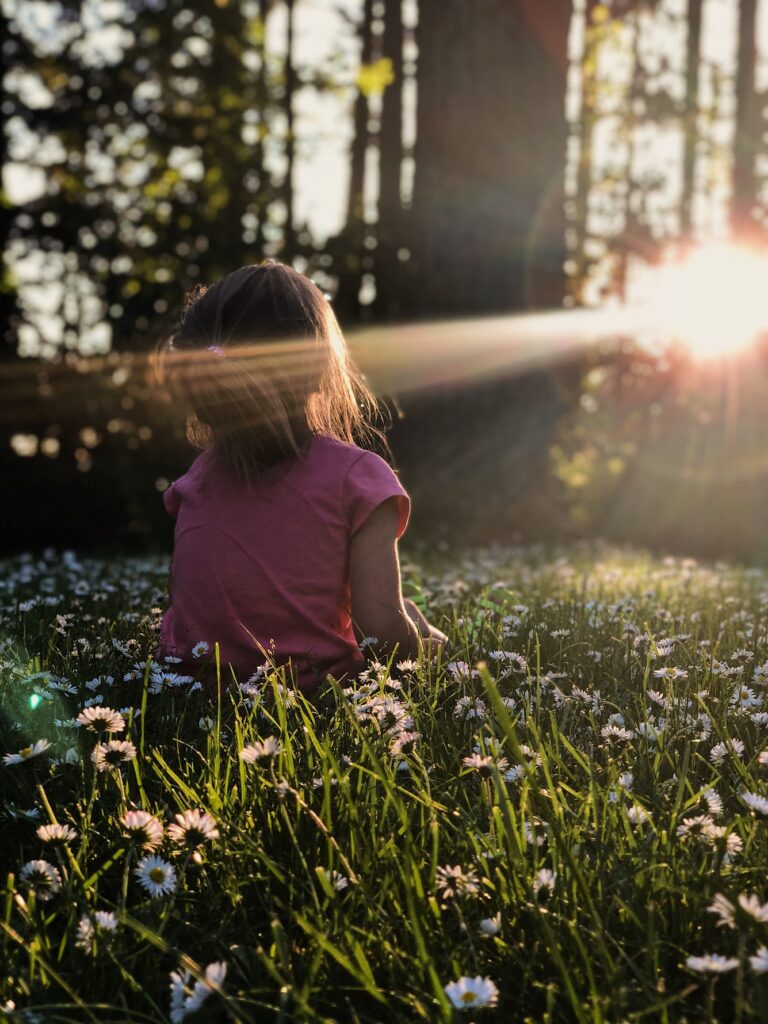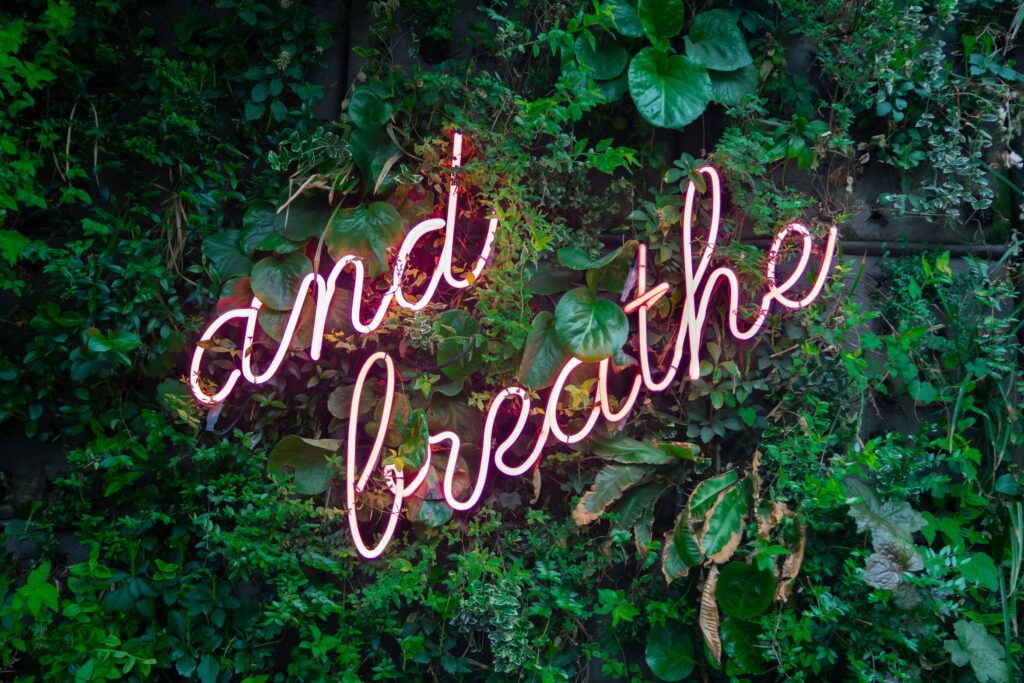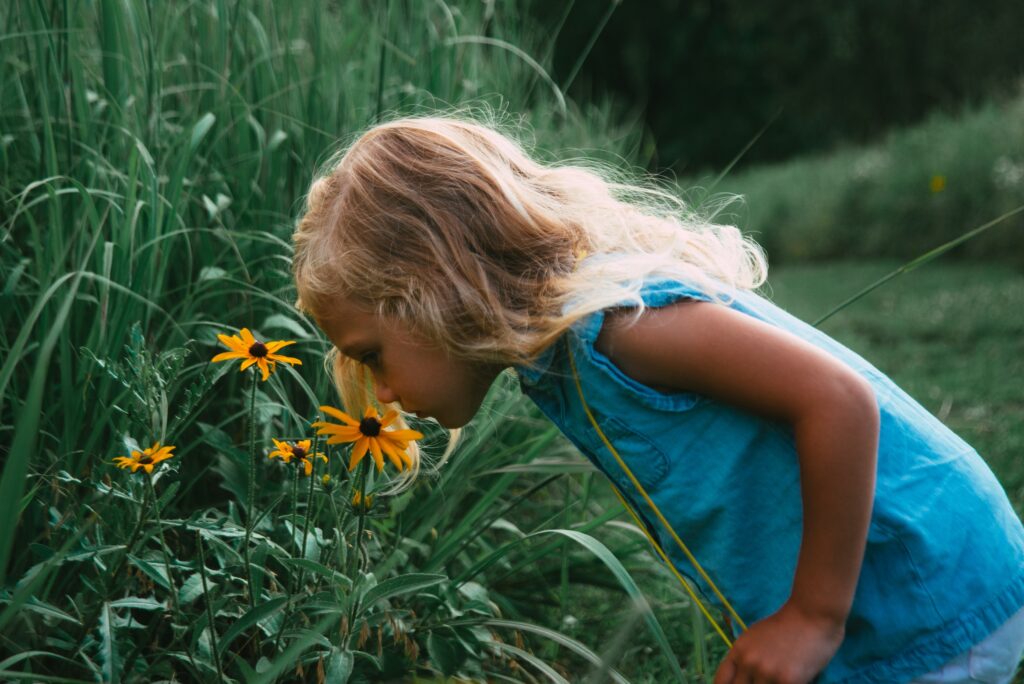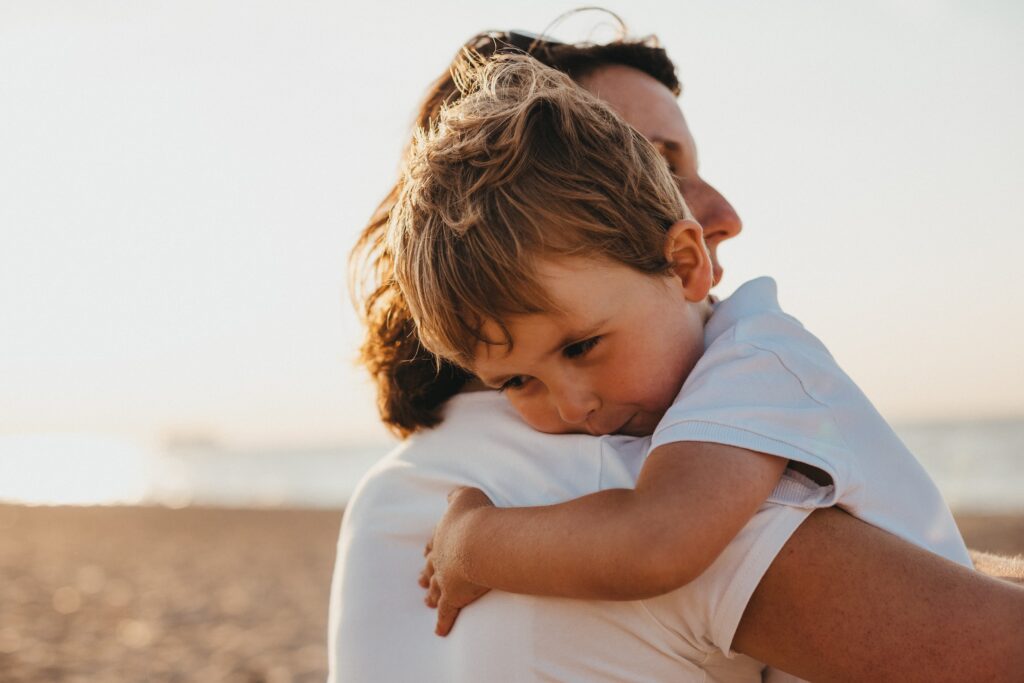Add rest and resilience to your family’s routine with these peaceful practices.
Introducing mindfulness into your home benefits both little and big minds.
By teaching our kids to pay attention to the present, we equip them with skills to boost their emotional and physical wellbeing. They’ll have the mental tools to navigate change and challenges, build self-esteem, regulate emotions, manage stress, and develop empathy. And as they grow, and their lives become busier and more complicated, they’ll have the foundations to handle the stressors of study, work, and play.

Mindfulness helps parents and caregivers, too. It creates space for them to be present in their parenting, promotes happiness, and relieves stress. By practicing together as a family, you can create calm and connection throughout your home.
Whether you’ve got a high school student at home or a toddler who’s just beginning to express their emotions, here’s how to introduce mindfulness to your household – plus four practices to get you started on your joint wellness journey.
Motivation to go mindful
Mindfulness is a soothing sidekick for developing foundational emotional skills, with a growing number of research-backed benefits. A Harvard University study found that children who participated in an eight-week mindfulness program four times a week were less stressed, had longer attention spans, and were better able to practice self-control. Studies show that with mindfulness, children are more engaged and focused learners. According to Smiling Mind, school-aged young people who practiced mindfulness showed better emotion and behaviour regulation, better academic performance, lower depression and anxiety scores, and better social skills.
Creating a calm home
By building mindful habits at home, you’re preparing your kids with troubleshooting techniques they can access when things get tough. Work together as a family to introduce mindfulness to your routine, but at a child’s suitable pace. Begin by carving out a time in your day to practice – this could be in the morning after breakfast or unwinding together at the end of the day. Keep in mind that it won’t always go perfectly, or last a long time. It’s best to let your child set the pace, and be guided by their level of interest. If they’re finished, finish up for the day. The important thing is to try again next time.

4 Mindfulness Practices to Try Together
Meditate
Take time out of your day to be still and meditate together. You can start simply by taking three big breaths in and out, counting as you go. Tap into the breath to calm down after busy moments, or to wind down with a bedtime meditation. Work your way up to longer sessions as you all grow more comfortable.
Increase awareness
In its simplest form, mindfulness is paying attention to what is happening right now. It could be what your child is hearing, smelling or noticing. Whether you’re at home or have some spare moments waiting in line, you can pause together and tune into your senses. Ask your child to list what they’re experiencing at the present moment, then discuss your own observations.

Notice and name sensations
Encourage your child to describe what they are feeling. When they’re happy, they might say: “My heart feels warm when we dance together” and when they’re nervous they might describe their skin tingling or their heart beating fast. By helping children identify their inner experiences, they gain more control over their outer responses. It can be helpful to model these for your child first, by describing your own sensations and using your breath to calm yourself. Remember to list all feelings – ‘overwhelmed’, ‘frustrated’ and ‘sadness’ are just as important and useful as happy emotions.
Hug it out
Have a heart-to-heart hug. As you hug your child, take three slow deep breaths together, synchronising your breathing. Feel any tension melt away as you drop your shoulders, relax your muscles, and let go. Share these beautiful few seconds to create calm, to spread love, or reconnect after being apart.

